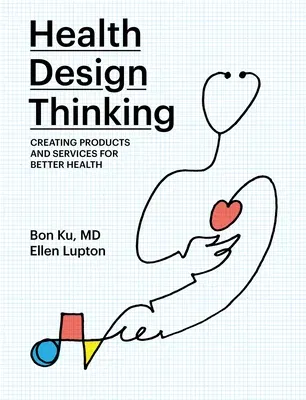Applying the principles of human-centered design to real-world health
care challenges, from drug packaging to early detection of breast
cancer.
This book makes a case for applying the principles of design thinking to
real-world health care challenges. As health care systems around the
globe struggle to expand access, improve outcomes, and control costs,
Health Design Thinking offers a human-centered approach for designing
health care products and services, with examples and case studies that
range from drug packaging and exam rooms to internet-connected devices
for early detection of breast cancer. Written by leaders in the
field--Bon Ku, a physician and founder of the innovative Health Design
Lab at Sidney Kimmel Medical College, and Ellen Lupton, an award-winning
graphic designer and curator at Cooper Hewitt Smithsonian Design
Museum--the book outlines the fundamentals of design thinking and
highlights important products, prototypes, and research in health
design.
Health design thinking uses play and experimentation rather than a rigid
methodology. It draws on interviews, observations, diagrams,
storytelling, physical models, and role playing; design teams focus not
on technology but on problems faced by patients and clinicians. The
book's diverse case studies show health design thinking in action. These
include the development of PillPack, which frames prescription drug
delivery in terms of user experience design; a credit card-size device
that allows patients to generate their own electrocardiograms; and
improved emergency room signage. Drawings, photographs, storyboards, and
other visualizations accompany the case studies.
Copublished with Cooper Hewitt, Smithsonian Design Museum

